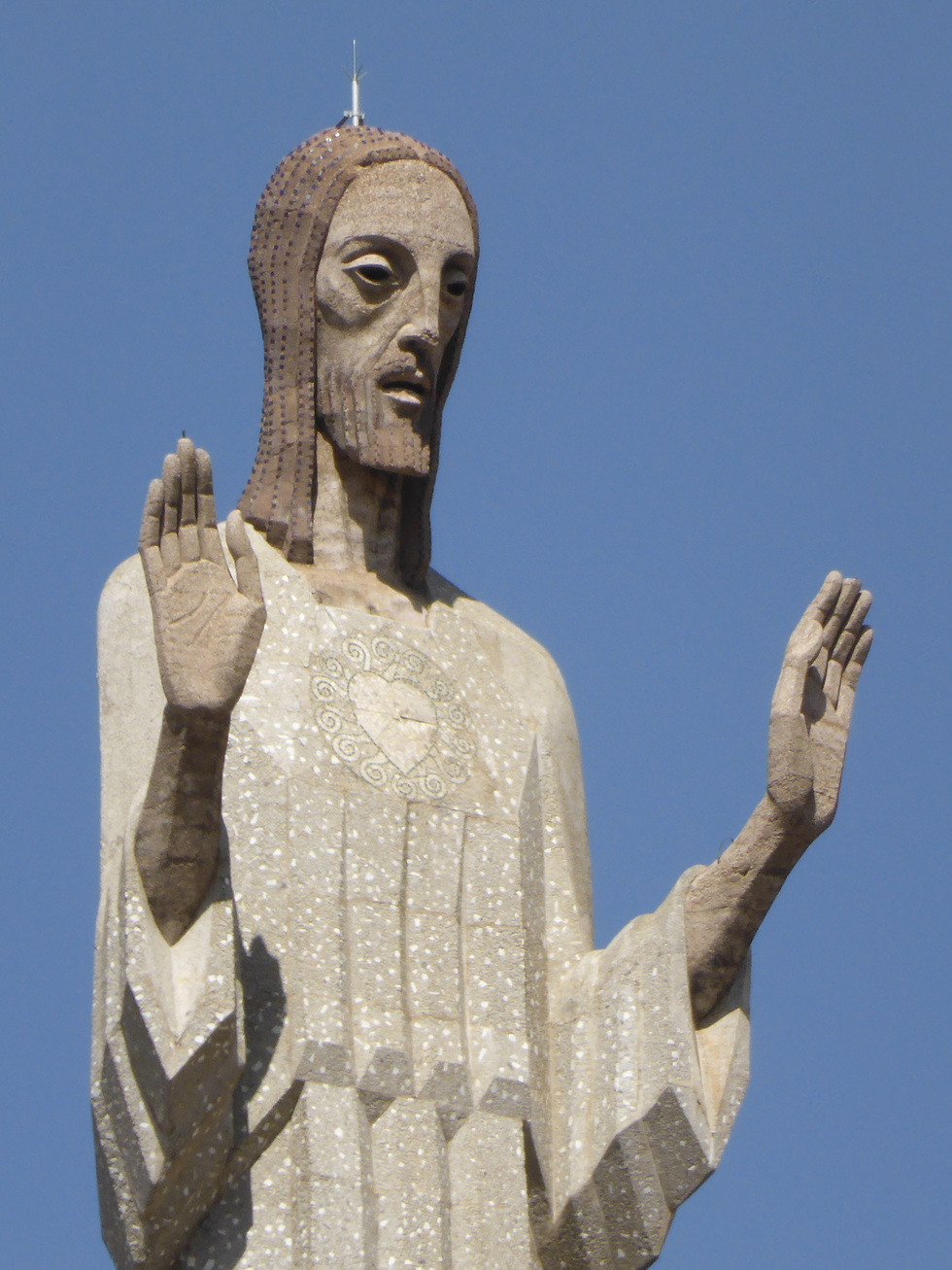 In the proud tradition of such colossal Christs such as the Christ of the Ozarks and the Christ of Vung Tau, in Palencia, Spain's Cristo del Otero (Christ of the Knoll) is a huge stone messiah that looks out over the city in benevolence and supplication, however, the harsh modern style of this statue is far more frightening than enlightening.
In the proud tradition of such colossal Christs such as the Christ of the Ozarks and the Christ of Vung Tau, in Palencia, Spain's Cristo del Otero (Christ of the Knoll) is a huge stone messiah that looks out over the city in benevolence and supplication, however, the harsh modern style of this statue is far more frightening than enlightening.
Built in 1931 by famed local sculptor, Victorio Macho, the giant Jesus was inspired by brutalist art deco lines and sharp modern angles. The saviour's face is sunken in and as opposed to the more standard pose of open-armed acceptance (which also mirrors the crucifix), Macho's figure has his hands up in almost halting motion, either displaying his stigmata or in a signal of caution. The odd pose is a result of a compromise meant to make the entire statue lighter. Other than the stark forms, the figure is largely free of decoration save for a lightly etched sacred heart on his chest.
Though the most striking feature of the Christ is his hollow eyes. Staring like bottomless pits, the eye sockets were originally supposed to be filled with ivory and marble, but in yet another budgetary compromise they were simply converted into windows. However, from the exterior they tend to simply look empty.

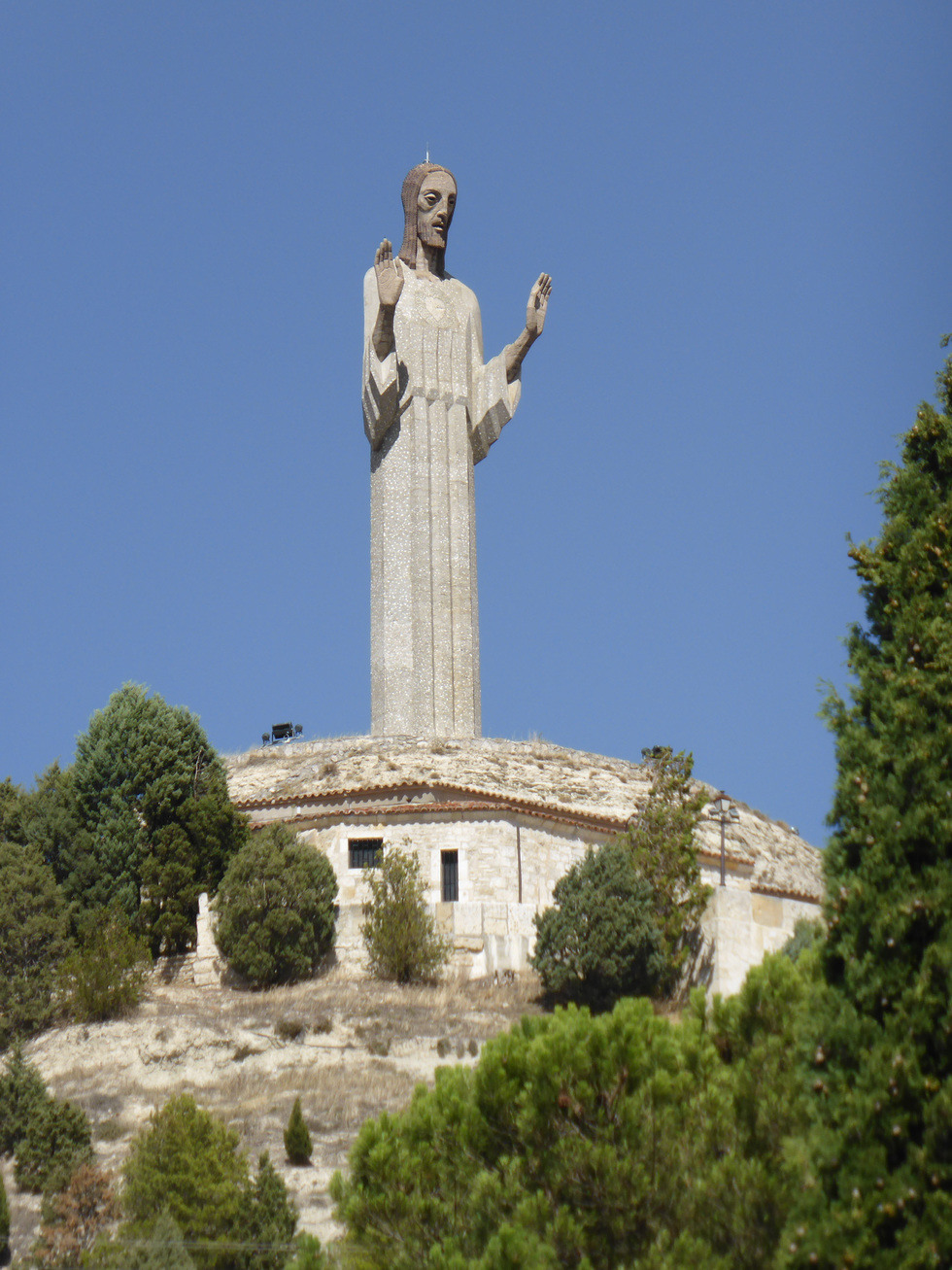
Despite the strange design of the Christ figure, it is still one of the tallest of its kind in the world topping out at over 70 feet tall. The Cristo del Otero is also beloved by the city over which it watches, acting as a symbol of Palencia. The base of the statue also features a museum to the statue's history and Macho's works in and around Palencia.
Victorio Macho was born into a family of modest means in Palencia, Spain in 1887. His parents enrolled him in the school of Fine Arts and Crafts of Santander, where he learned to sculpt. In 1903, at the age of 16, he moved to Madrid continuing his studies at the Academy of Fine Arts of San Fernando. He first became famous with a monument to Galdós. It is a consecrated from his exhibition at the Museum of Modern Art, 1921.
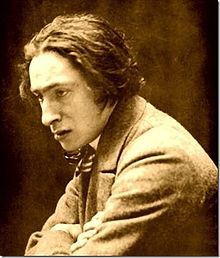
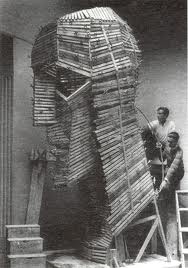
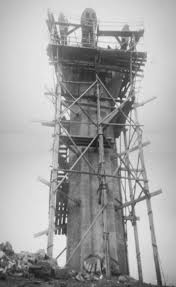
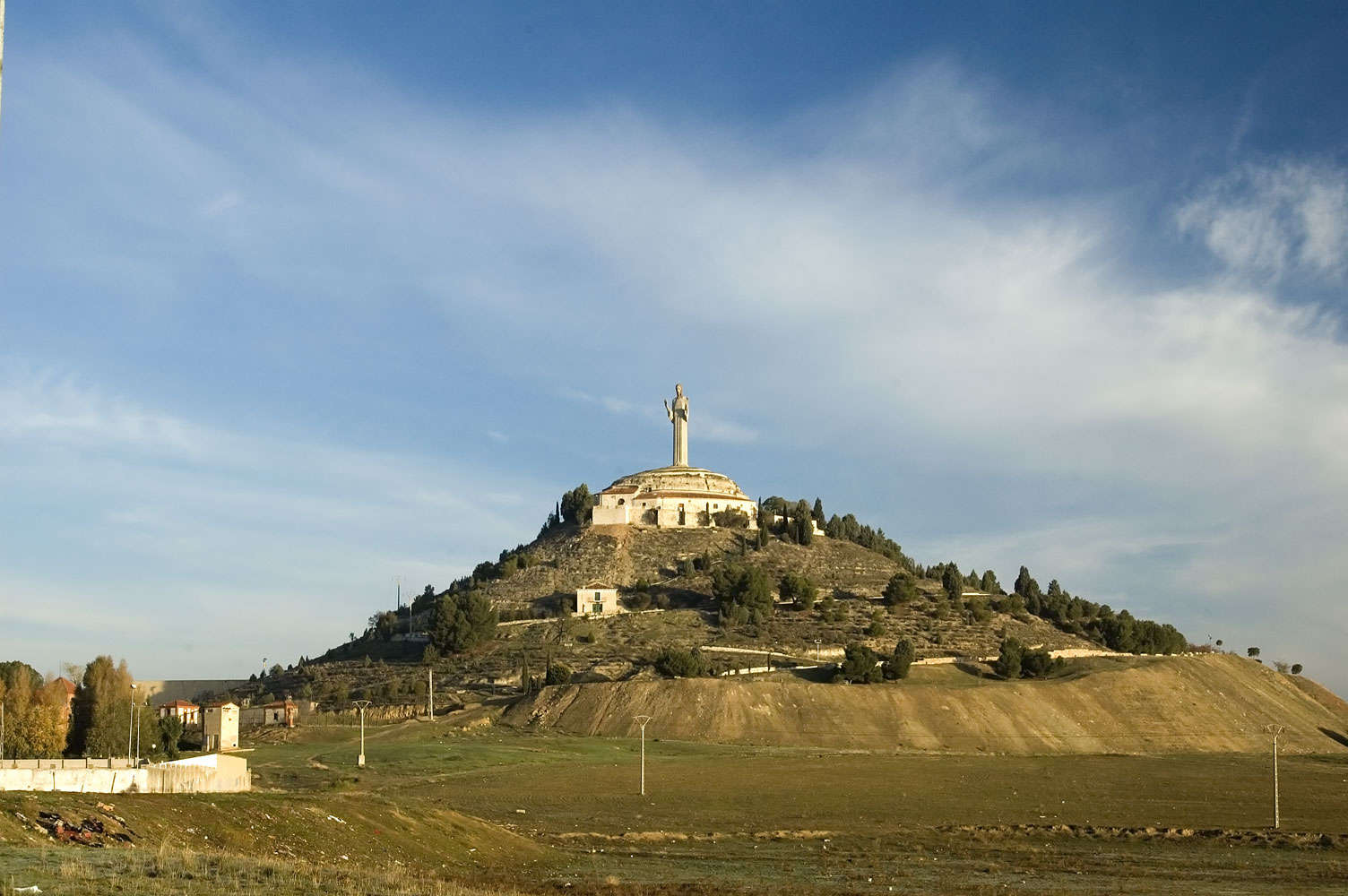
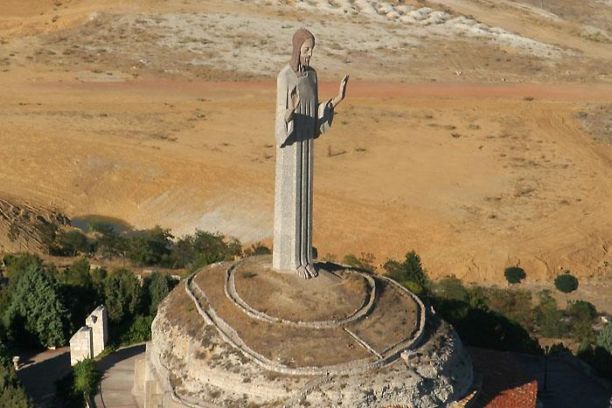 He left Spain during the dictatorship of Primo de Rivera and went to live in Hendaye, just over the border in the Basque region of France. He sculpted monuments for Unamuno and Ramón y Cajal. In 1936 he was elected into the Academy of Fine Arts of San Fernando. The outcome of the Spanish Civil War pushed him to exile in France, Russia, and finally to America. After living six months in Colombia, he began an extended stay in Lima in Peru, where he married Zoila Barrós Conti. He finally returned to Spain in 1952.
He left Spain during the dictatorship of Primo de Rivera and went to live in Hendaye, just over the border in the Basque region of France. He sculpted monuments for Unamuno and Ramón y Cajal. In 1936 he was elected into the Academy of Fine Arts of San Fernando. The outcome of the Spanish Civil War pushed him to exile in France, Russia, and finally to America. After living six months in Colombia, he began an extended stay in Lima in Peru, where he married Zoila Barrós Conti. He finally returned to Spain in 1952.
He established his home and workshop in Toledo in central Spain. Since 1967 this same building houses the Victorio Macho Museum, created from Zoila's generous donation to the Spanish State. The name of the house is Tarpeian Rock.
In 1964 he received the Grand Cross of the Order of Isabel la Católica. He died in Toledo on July 13, 1966, and his remains were returned to Palencia, the city of his birth. He was buried at the foot of his Cristo del Otero.